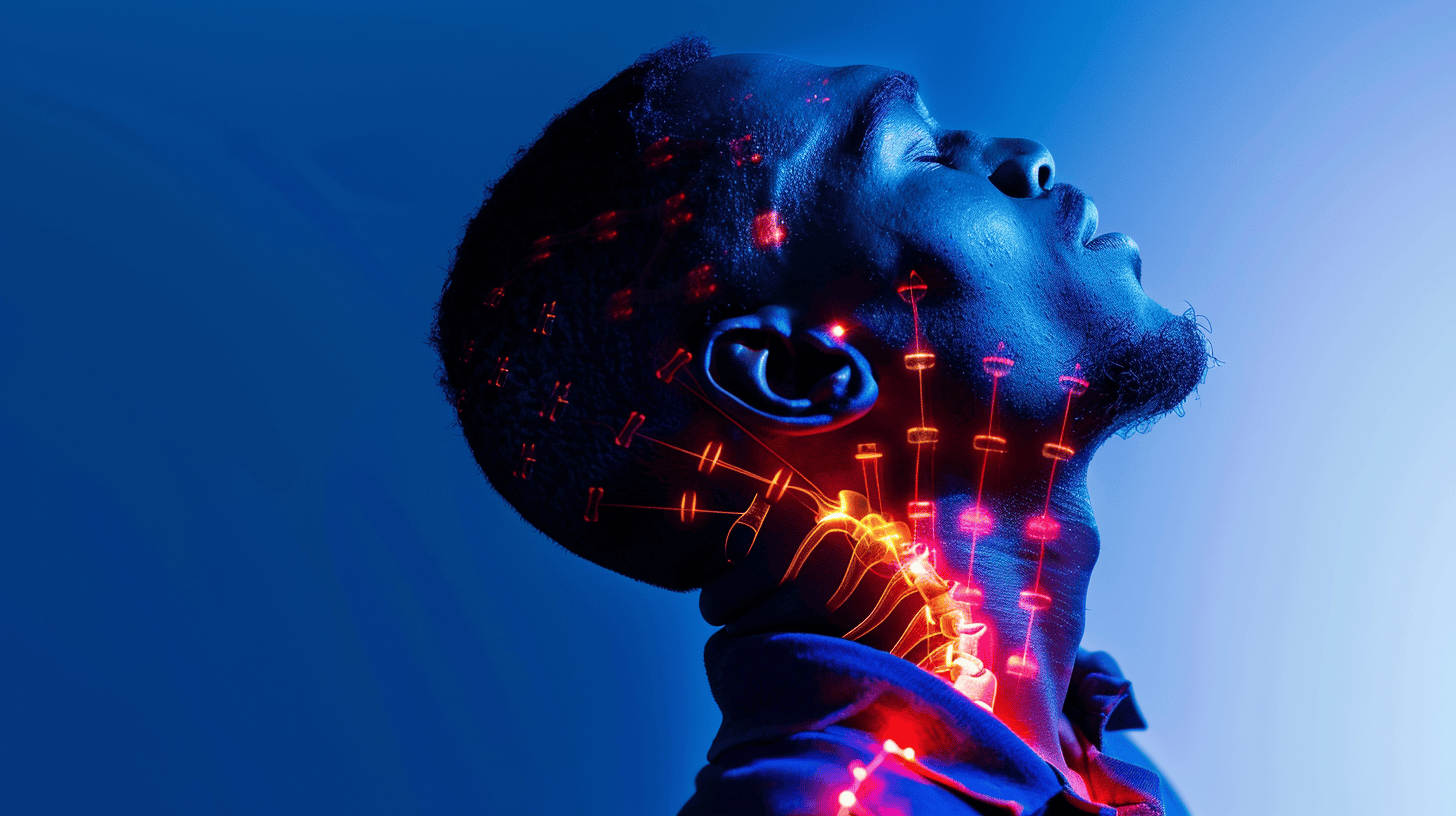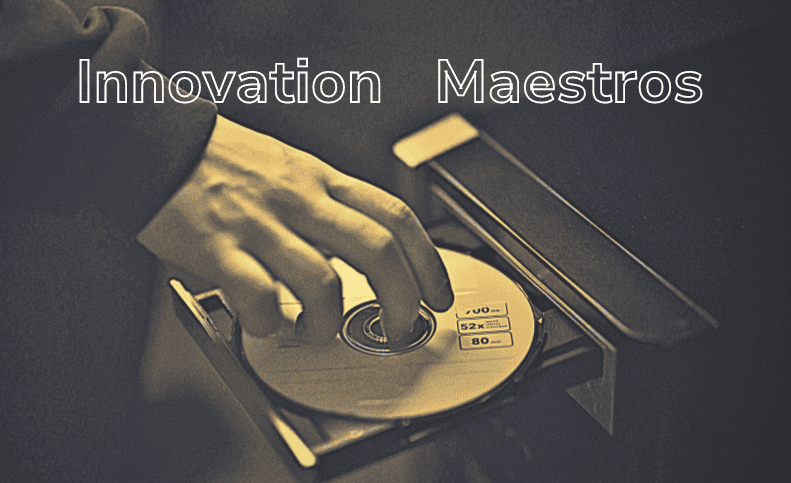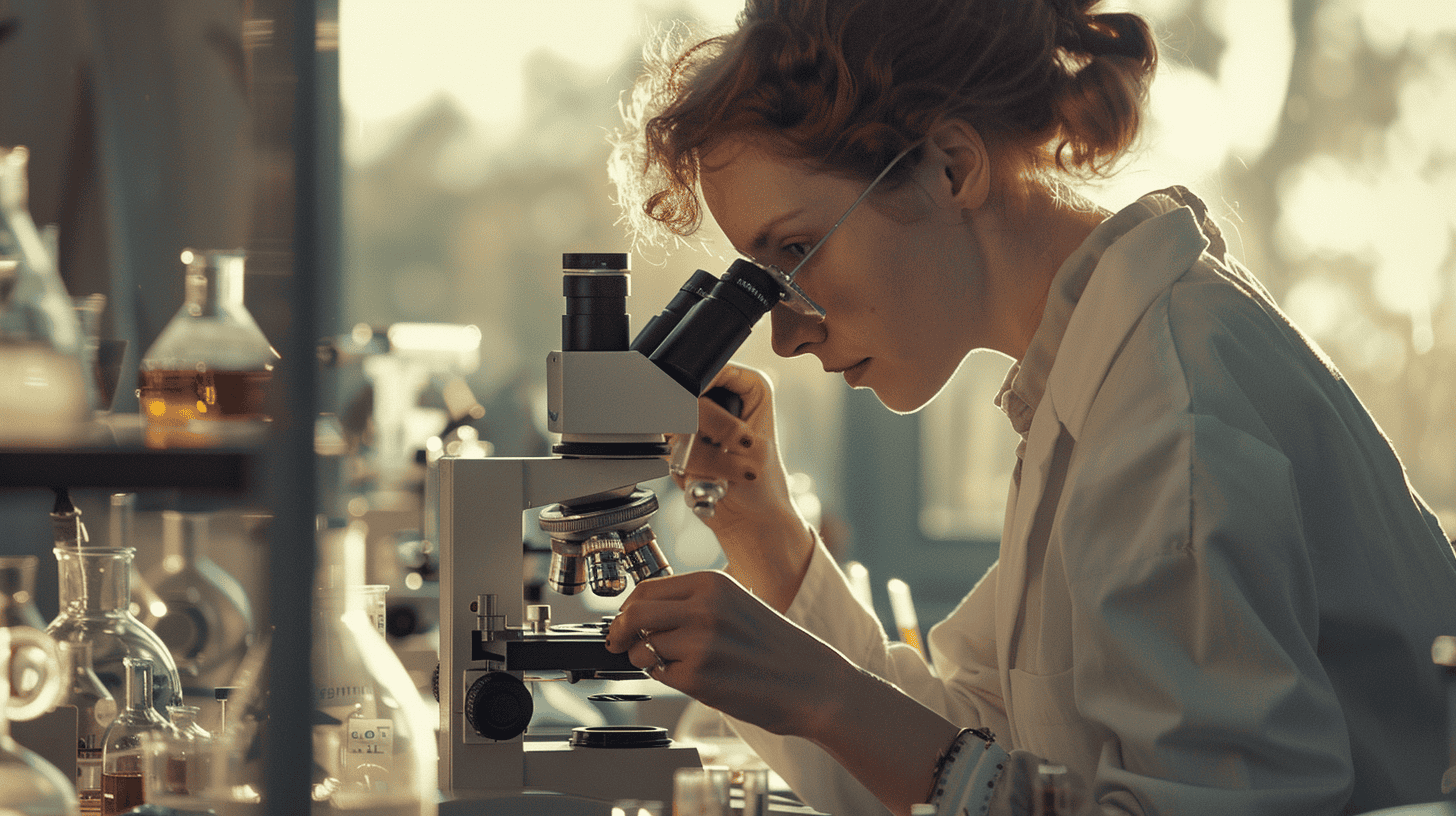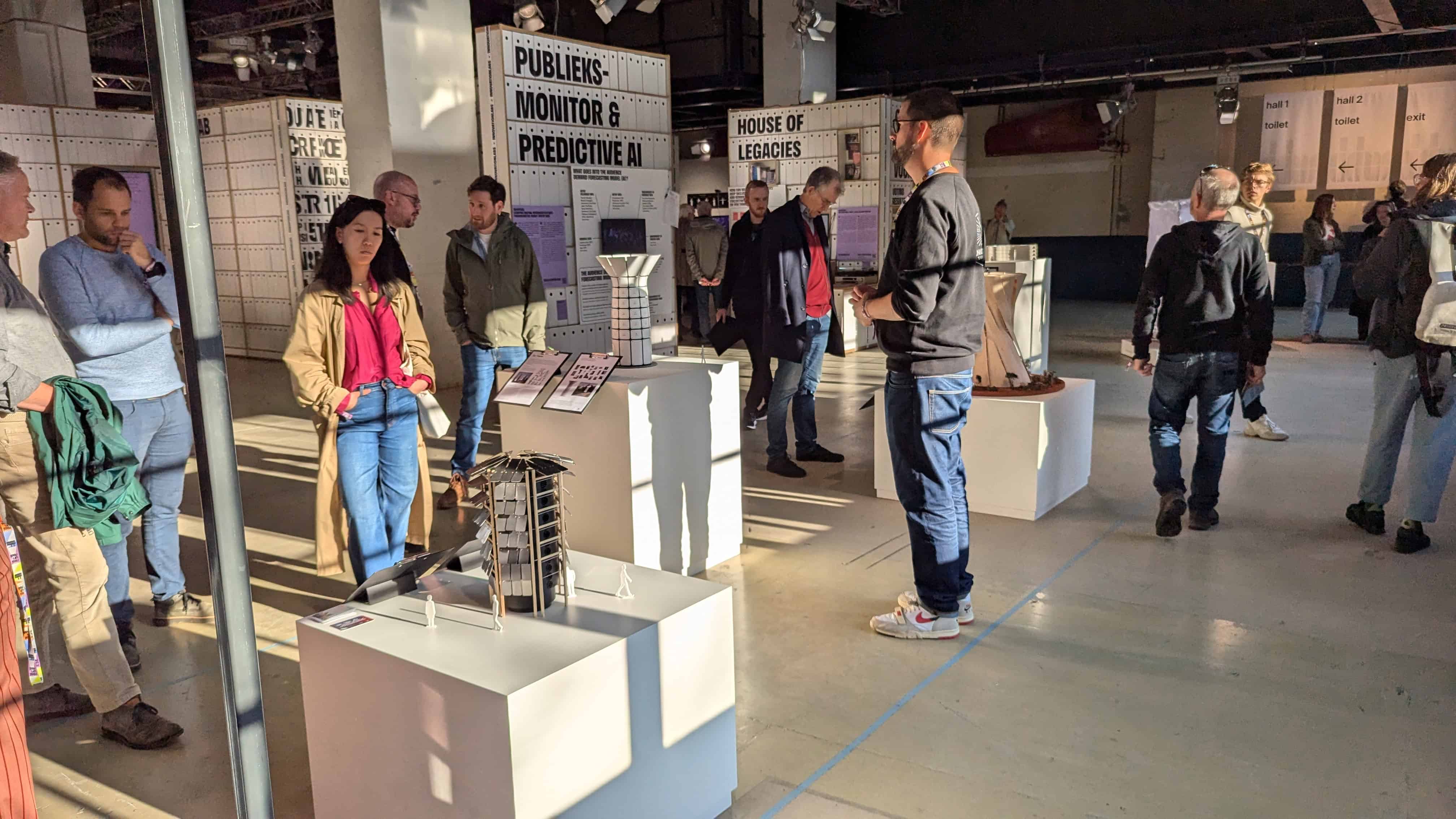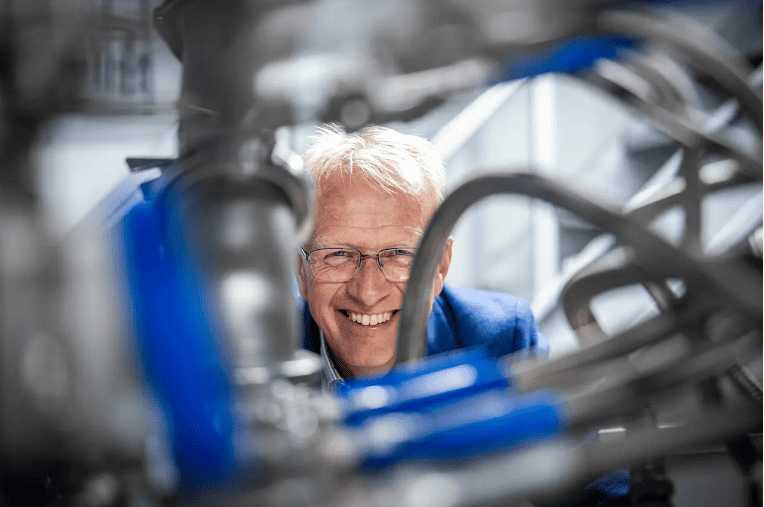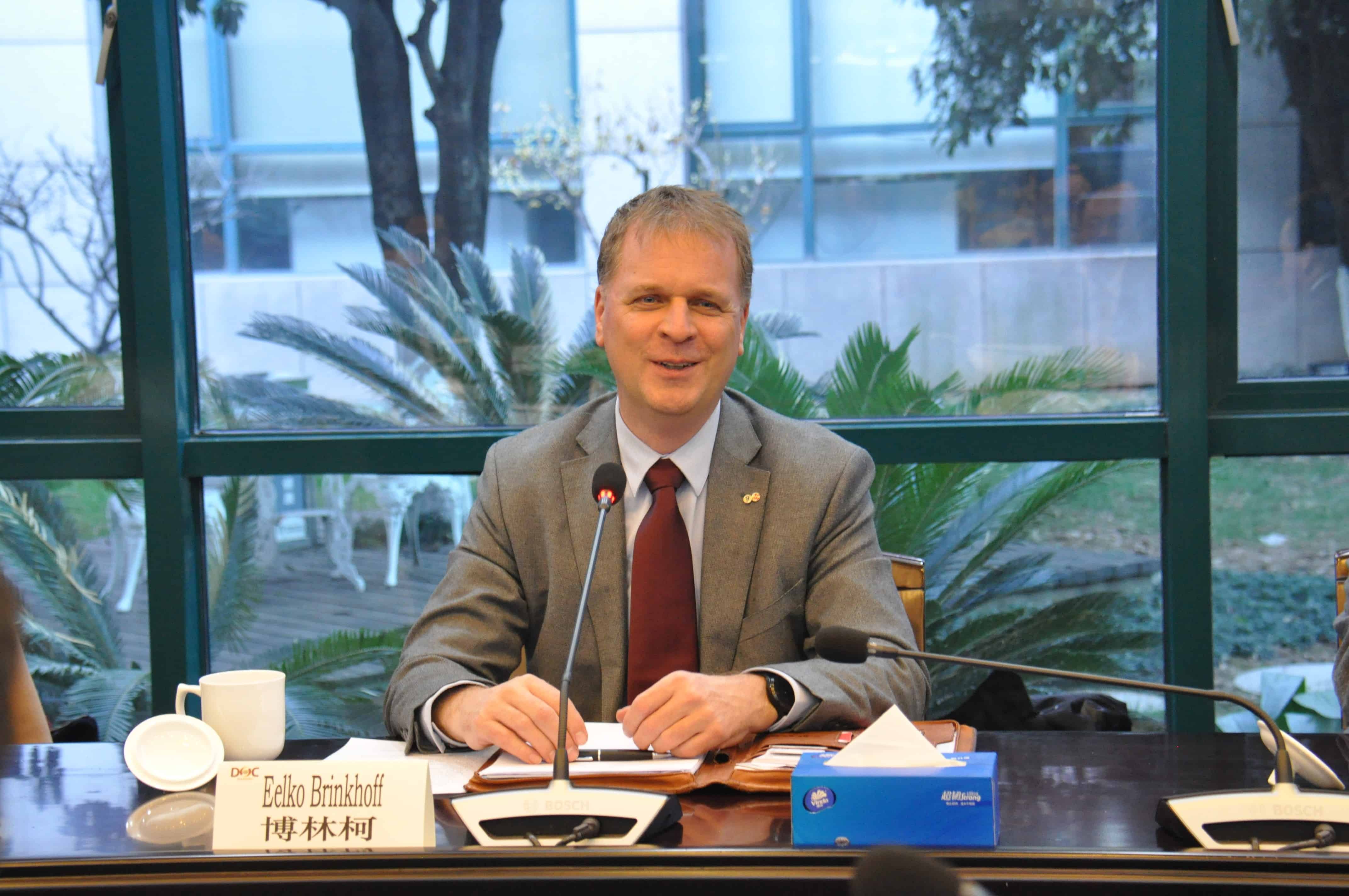
Sixty to eighty percent of people worldwide experience back pain at one time or another, of which a quarter develop chronic back pain. In many of these cases, the cause is a degenerated intervertebral disc. There is no cure for this condition, and only in the most severe cases can radical irreversible fusion surgery provide relief.
- Back pain affects a large portion of the population, with a quarter developing chronic back pain due to degenerated intervertebral discs.
- NC Biomatrix is developing a biomaterial to inject into degenerated discs, aiming to alleviate pain and restore disc volume and shape.
- CEO Ileana Lindeman acknowledges the challenges in the field, such as historical treatment limitations and investor fatigue.
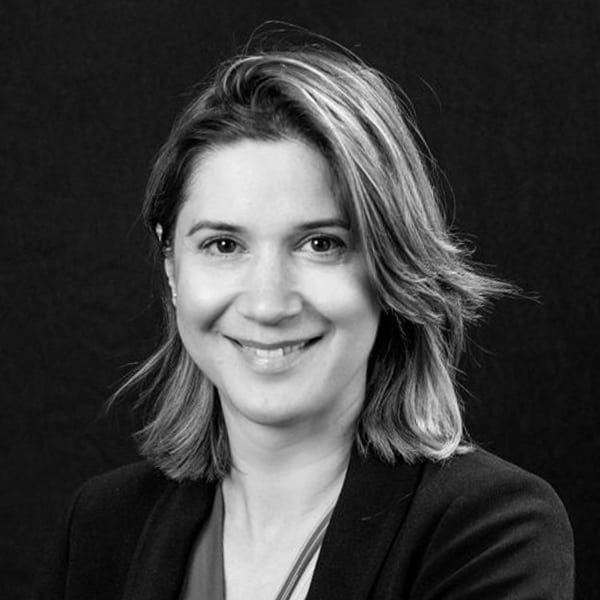
Ileana Lindeman, NC Biomatrix’s CEO, explains this disease’s toll. “Chronic back pain continues to carry one of the leading burdens of disease worldwide, costing societies in the hundreds of billions in both healthcare costs and indirect costs. Many people are stuck at home with chronic back pain, depressed and unable to go to work. On a physiological level, the longer one lives with chronic pain, the more the body’s pain perception changes. It can get to a point where, even if you remove the source of pain, the body still feels it – like phantom limb pain. That’s why it’s critical to intervene early on in the disease process, before irreversible damage occurs to the person’s anatomy and physiology. This is important not just for the patients but also for society at large.”
NC Biomatrix is developing a biomaterial that can be injected as a gel directly into the degenerated intervertebral disc to relieve back pain and functional disability definitively. The product aims to restore the volume and original shape of the discs and support the recovery of cells in the disc nucleus. You can read exactly how this technology works in this article IO wrote four years ago about the TU/e spin-off.

Robert Guilleaume: a grandfather figure
Much has changed since those early days. In July 2022, Dr. Ileana Lindeman took over the CEO baton from the company’s co-founder, Robert Guilleaume. Late last year, Guilleaume (Bob to his colleagues and loved ones) died of cancer.
Lindeman: “Bob was a grandfather figure, he had unreserved confidence in the technology. He had a tremendous amount of experience in the orthopedic market and had seen many products come and go, having spent decades with both large commercial players and innovative ventures. That experience, along with the renown of our CSO and inventor Prof. Keita Ito, provided that much needed credibility any early-stage technology needs to attract initial financing and partnerships. Bob has been invaluable to us and the company.”
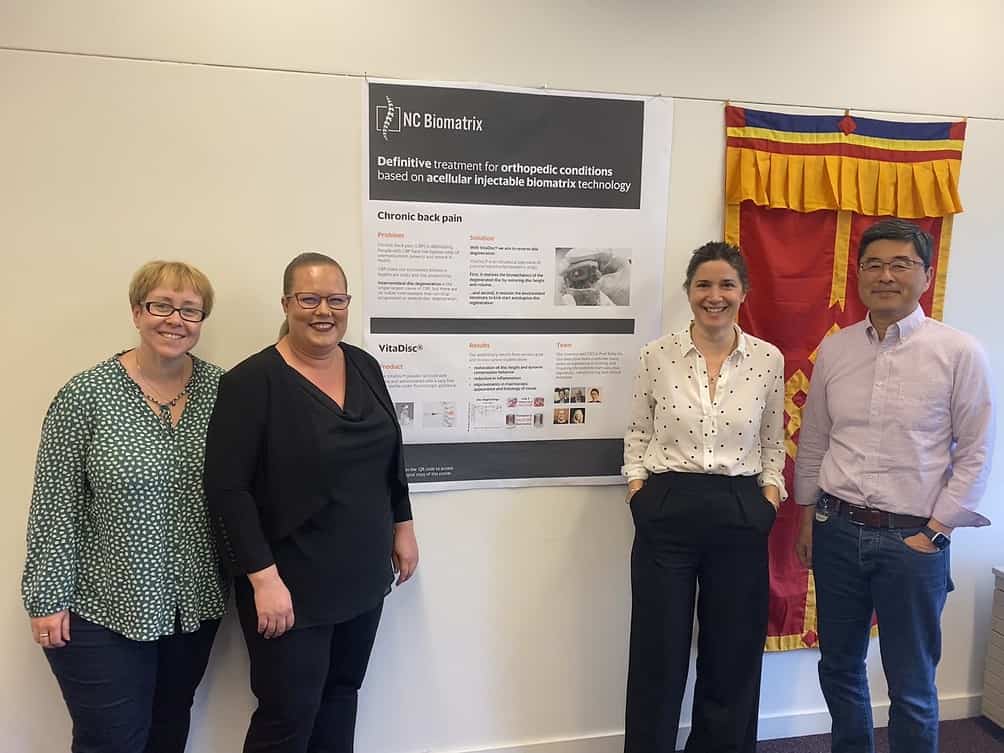
Testing, testing, testing
While the loss of Guilleaume is a black page, the past four years have also added many great pages to the story of NC Biomatrix. Like all health tech companies, that story now (still) consists primarily of testing, testing, and more testing.
“Whilst developing the biomatrix technology at TU/e, Prof. Ito and his team performed large animal studies showing promising results. Now, at NC Biomatrix, we need to add to those tests, and complete a battery of additional animal studies to comply with regulatory requirements and ensure the biomatrix is safe to trial in humans.,” Lindeman says.
In 2014, a first-in-human trial of twenty patients will commence, working in collaboration with the Maastricht UMC+. This will be followed by a large pivotal clinical trial at sites in Europe and the United States.
TU Eindhoven’s start-ups and spin-offs
TU Eindhoven (TU/e) is a breeding ground for new ideas that lean on scientific research. Sometimes these ideas grow into spin-offs and start-ups. This brings scientific research one step closer to society. In collaboration with The Gate and TU/e, Innovation Origins puts the spotlight every month on an innovative company resulting from scientific research.
Read the other stories in this series here
A challenging field
The biggest challenge Lindeman finds in this field is history and investor fatigue. “This is not a new problem, chronic back pain has been around forever, and so have innovations that have tried to tackle it. Yet it remains unsolved, the solution – a holy grail. We’ve had cases of degenerated disc in my family in the eighties and the treatment options were very much the same as they are today. There has been exciting new research in restorative technologies, be they biomaterials, biotechnology, stem cells, etc. The field is busy with a multitude of approaches to “skin the cat” but no one has yet emerged as the game changer, and in fact many novel technologies have come and gone already. So there is a level of clinician and investor fatigue that one has to overcome here. The ability to sharply differentiate from other technologies is critical to get anybody’s attention, and even that is sometimes not enough – the association is that strong in this space. Of course, this only increases our motivation to succeed.”
Grants and patents
In December 2022, Lindeman and her team secured a €2.5 million grant from the European Innovation Council. A transformative achievement that will go a long way to support the company’s efforts in completing preclinical studies, but further financing will likely be needed to complete the first human trials. “Results proving that our product works as well in humans as it appears to do in animals are a key inflection point on our clinical and financial pathway. But human trials are expensive. This is the conundrum all early-stage ventures face, and we’re gathering as much evidence as possible to support our belief that the technology will be safe and perform well in humans.”
NC Biomatrix had already obtained a European patent for its core technology in 2022, and in late March this year, the technology was also awarded the US patent. ”These are essential steps on our de-risking journey, especially on such a busy playing field.”
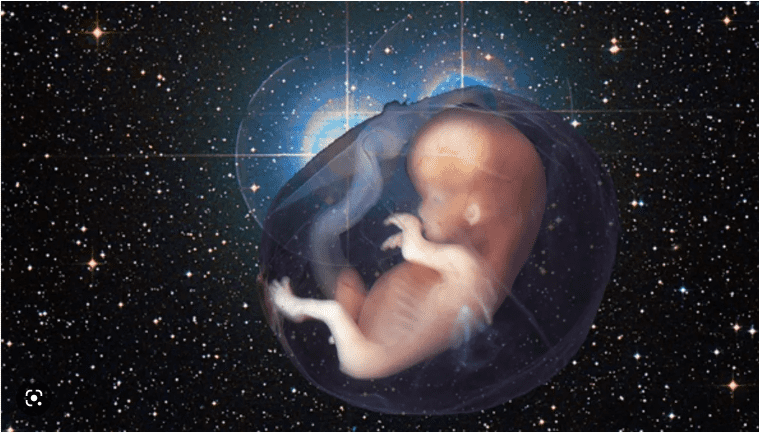
‘The research we’re creating here is at the very forefront of orthopedic science.’
The CEO, born and raised in Romania, comes from her base in the UK to the Eindhoven office about a week each month. She has an exceptional resume behind her name. As a 21-year-old, she moved from Romania to the United States, where she completed an MBA at the Harvard Business School. During the first years of her career, she worked in consulting and corporate strategy in the US and the Middle East. In her thirties, she decided to change gears and study medicine. “Growing up, I had always had a fascination for medical science, but being a doctor was at odds with my desire to explore the world. My career in business afforded me a flexibility in my early career that I would have never had in medicine. But when the “quarter-life crisis” came around in my early thirties, I felt it was now or never on the medical front. So, I left the US and returned to Europe, both to study medicine and to be closer to my family.”
After completing her medical degree, Lindeman worked in the UK NHS (National Health Service) for several years and experienced first-hand the challenges facing both patients and doctors. “I had seen what patients and their families were going through and also knew how frustrating it can be for doctors to be unable to help them. I felt, given my dual background, that I could have a more meaningful impact on patients in a life sciences role than as a junior doctor.”
The fact she had a young family helped her decision to leave the clinical field, albeit, as she says, “with a heavy heart”. After several engagements in life sciences, Lindeman joined NC Biomatrix as Chief Operating Officer in 2021, and took over the reins as CEO in 2022. “Chronic back pain is a substantial global problem and the research we’re creating here is at the very forefront of orthopedic science. I wanted to become a doctor to be immersed in science and to make a difference for people – and that is more the case now than it has ever been. I’m very grateful to be part of NC Biomatrix’s journey.”



